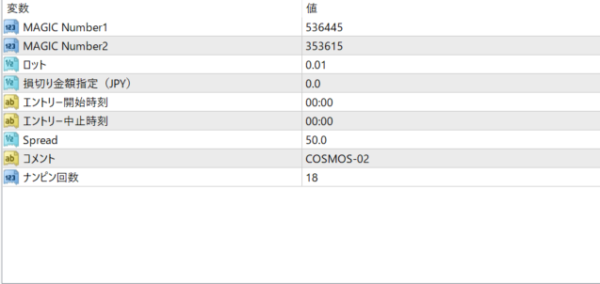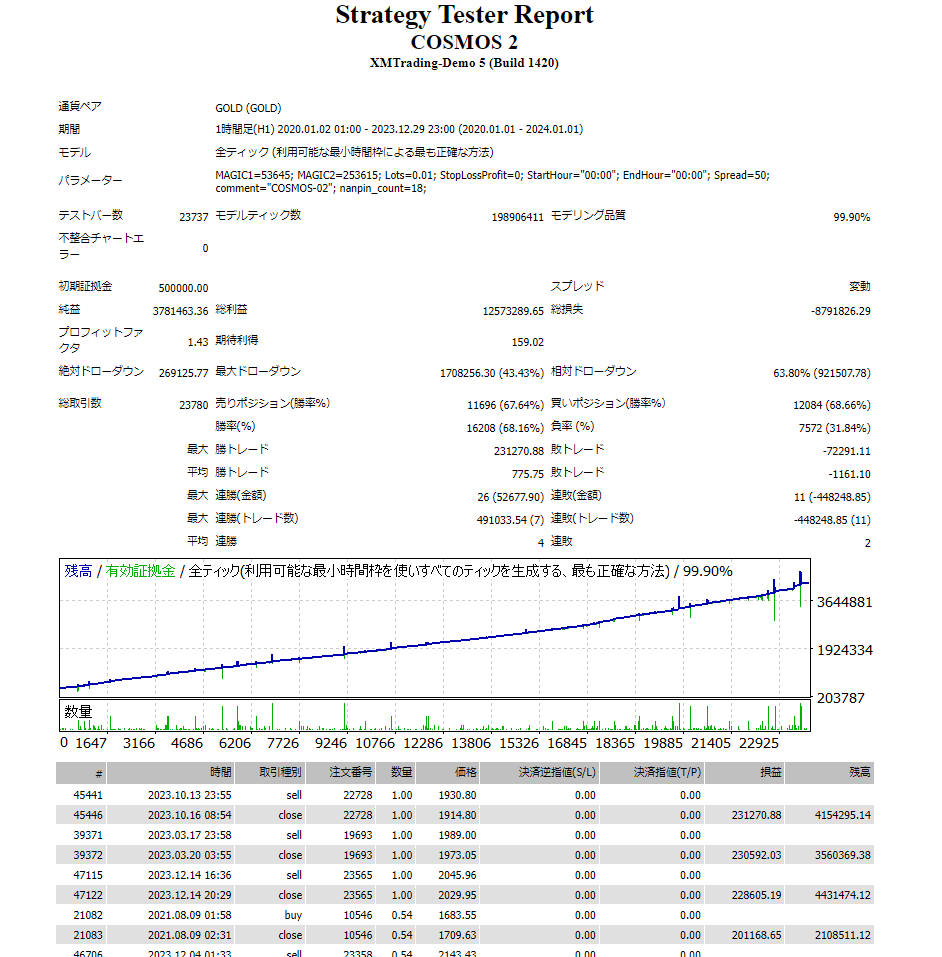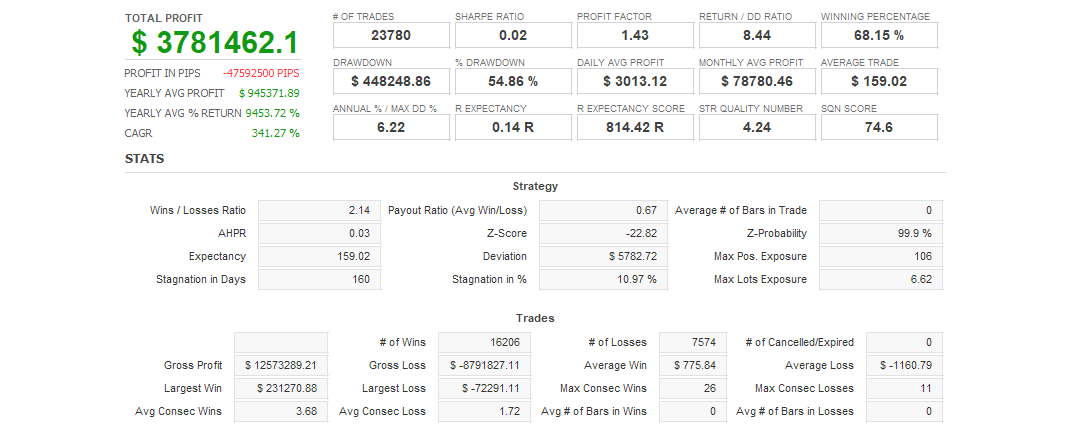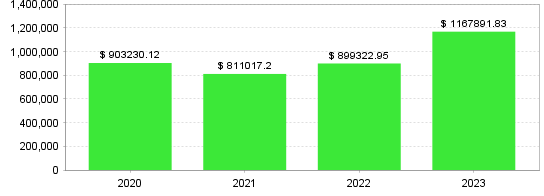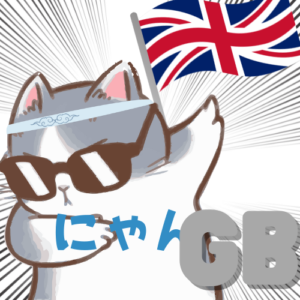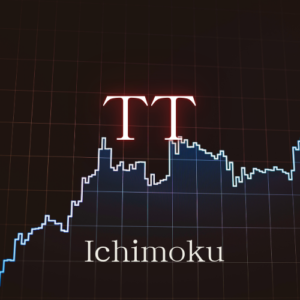"COSMOS 2" is an automated trading system that is an evolution of the conventional COSMOS system. In this version, we have incorporated daily price fluctuation rates into the entry logic to generate more precise trading signals. Item COSMOS COSMOS 2 Profitability High Slightly decreased Stability Moderate Significantly increased Entry logic MACD , moving average, RSI Price volatility, moving average, RSI, Bollinger band Entry logic details In this version, we have incorporated daily price volatility into the entry logic to generate more precise trading signals. COSMOS 2 uses the daily price volatility as the basis of its entry logic. The daily price volatility measures the difference between the opening and closing price of a day and is used to evaluate market volatility. By using this volatility, it is possible to understand periods of large and small market movements, improving the accuracy of entry signals. Why is daily price volatility important? Price volatility is calculated based on the difference between the opening and closing prices of a day and is an indicator of market volatility and activity. Reasons for using this indicator include:
- Reflects market activity : High price volatility indicates an active market and increases the likelihood of a strong trend, while low volatility indicates limited trading opportunities.
- Enhanced risk management : Analyzing price volatility allows you to manage risk according to market conditions. When the market is volatile, it will generate appropriate signals to ensure stability in your trades.
- Reflects market overheating : When the daily price volatility is within a certain range, the RSI is used to capture market overheating and contrarian opportunities. When the RSI is below the set threshold, it generates a buy signal, and when it is above the set threshold, it generates a sell signal.
- Trend Identification : Identify market trends by analyzing the crossover of short-term and long-term moving averages. When the short-term moving average is above the long-term moving average, an uptrend is likely and a buy signal is generated. Conversely, when the short-term moving average is below the long-term moving average, a downtrend is likely and a sell signal is generated.
- Improved signal accuracy : Signals are generated only when daily price volatility is below a certain threshold, reducing noise and providing more reliable trading opportunities.
- Evaluate the relative position of prices : When daily price volatility is high, use Bollinger Bands to determine if the closing price will exceed the bands. A closing price above the upper band will generate a sell signal, and a closing price below the lower band will generate a buy signal.
- Capture market extremes : Leverage Bollinger Bands to generate signals when prices reach extreme levels and signal a reversal.
- CPI (Consumer Price Index)
- Employment Statistics (Non-Farm Payrolls)
- FOMC (Federal Open Market Committee)







